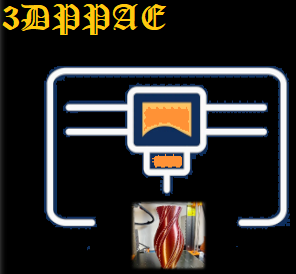The Importance of Choosing the Right Filament
When it comes to 3D printing, the quality of the filament you use can make all the difference. The filament is the material that is fed into the 3D printer to create your desired object. Different filaments have different properties, and choosing the right one for your project is crucial to achieving the best results.
But with so many options available, how do you know which filament is right for you?
Understanding the Different Types of Filament
There are several types of filament commonly used in 3D printing:
- PLA (Polylactic Acid): PLA is a popular choice for beginners due to its ease of use. It is biodegradable and comes in a wide range of colors. However, it is not as strong as other filaments and may not be suitable for functional parts.
- ABS (Acrylonitrile Butadiene Styrene): ABS is known for its durability and strength. It is often used for functional parts that require impact resistance. However, it can be more challenging to print with and emits fumes during the printing process.
- TPU (Thermoplastic Polyurethane): TPU is a flexible filament that is ideal for creating objects that need to be bendable or have elasticity. It is commonly used for making phone cases, shoes, and other soft objects.
Finding the Right Filament for Your Project
Now that you have a basic understanding of the different types of filament, it’s time to consider your specific project requirements. Here are some factors to consider:
1. Strength and Durability
If you’re printing functional parts or objects that need to withstand stress, ABS or PETG (Polyethylene Terephthalate Glycol-Modified) filaments are good options. These materials are known for their strength and durability.
2. Temperature Resistance
If your project requires objects that can withstand high temperatures, consider using filaments like ASA (Acrylonitrile Styrene Acrylate), which has excellent heat resistance.
3. Flexibility
If you need to print flexible or rubber-like objects, TPU or TPE (Thermoplastic Elastomer) filaments are great choices. They offer excellent elasticity and flexibility.
4. Environmental Impact
If sustainability is important to you, PLA filaments are a good option as they are biodegradable and made from renewable resources. However, it’s worth noting that PLA may not be as durable as other filaments.
Conclusion
Choosing the right filament for your 3D printing projects is essential for achieving the desired results. Consider the specific requirements of your project, such as strength, temperature resistance, flexibility, and environmental impact. By understanding the different types of filament and their properties, you can make an informed decision and create high-quality prints with your 3D printer.
